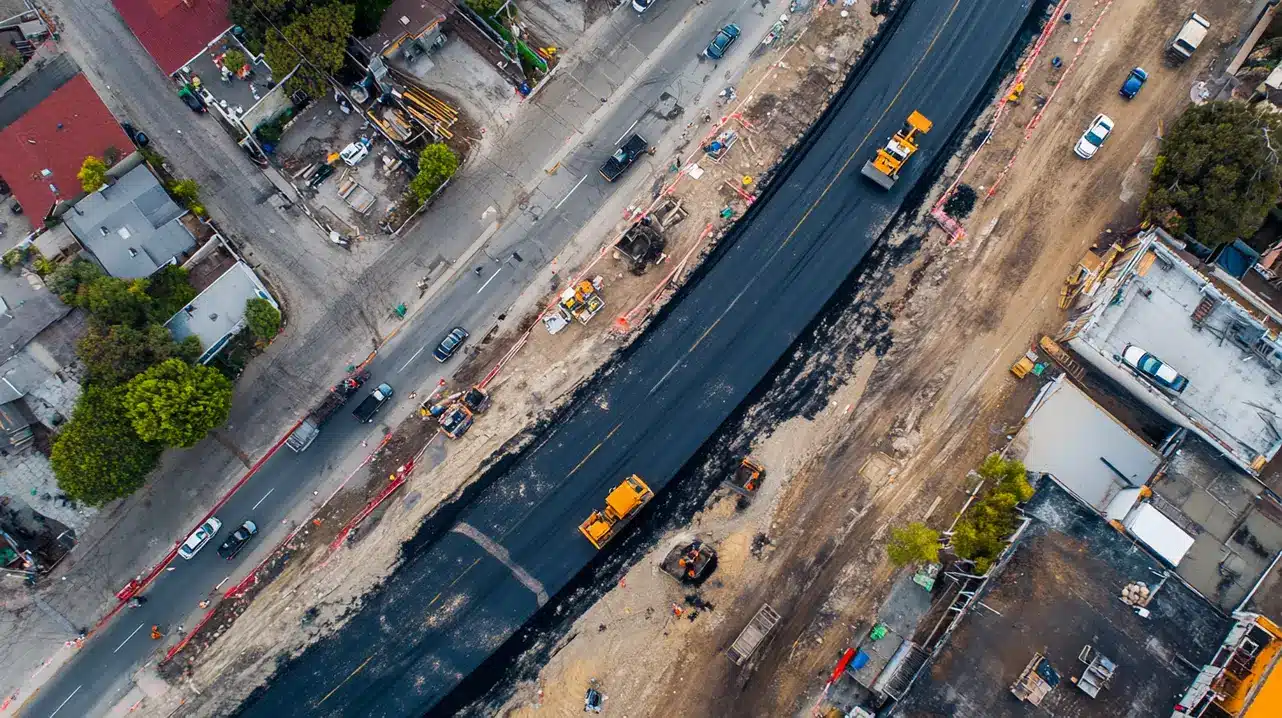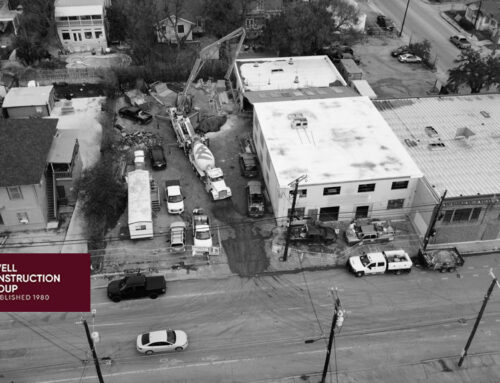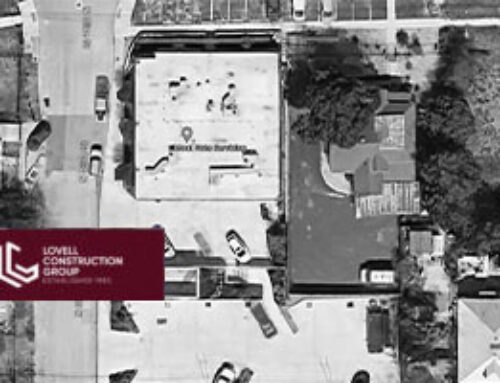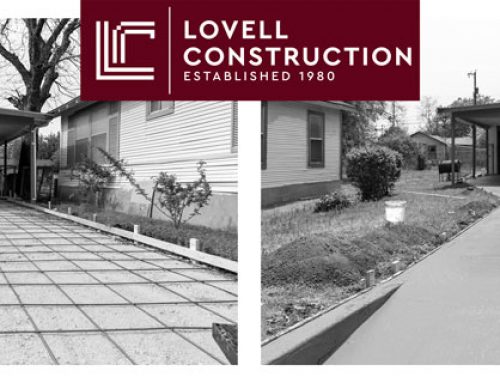
When you think about maintaining your driveway or parking lot, two common options often come to mind: seal coating and repaving. Both have their unique benefits and applications, but how do you decide which is right for you? Depending on your needs, budget, and the current state of your pavement, the choice can make a significant difference in longevity and appearance.
Think of seal coating as a new coat of paint on your house. It’s a protective layer that brightens the look and shields your pavement from weather elements like UV rays, water, and oil spills. Seal coating is typically more affordable than repaving and can extend the life of your asphalt when applied at the right time. In a city like San Antonio, where temperatures can reach scorching highs, seal coating can help reduce heat absorption, lessening wear over time due to thermal expansion and contraction.
On the other hand, repaving is like a major home renovation. It involves removing the top layer of the existing pavement and laying down a fresh layer of asphalt. This option is best suited for driveways or lots with extensive damage, like deep cracks or potholes. Though initially more costly, repaving effectively resets the lifespan of your pavement and addresses structural issues that seal coating cannot fix.
Consider the Alamo Quarry Market, where thousands of locals and tourists flock daily for shopping and entertainment. A well-maintained parking area provides a comfortable experience while preserving the aesthetics of the establishment. In such a bustling area, a full repaving may occasionally be necessary to ensure safety and functionality over the years.
In the smaller scenic town of Boerne, which captures the essence of Texas Hill Country charm, the choice might be different. Property owners often prioritize the rustic charm and natural beauty of their surroundings. A business like a quaint B&B nestled near Cibolo Creek might opt for regular seal coating as a cost-effective way to preserve the inviting charm of its facilities.
According to the National Asphalt Pavement Association (NAPA), seal coating should generally be applied every three to five years, depending on traffic and wear, a statistic that highlights its role as a maintenance solution rather than a cure-all remedy. On the other hand, repaving typically becomes necessary every 15 to 20 years, which aligns with substantial structural renewal.
In summary, your best choice hinges on the current state of your pavement and your maintenance goals. Consider regular seal coating for minor wear and protection, but for those heavily trafficked, cracked, or damaged surfaces, repaving will be your best bet in ensuring a long-term, durable result.
For personalized advice tailored to your specific conditions, enlisting a professional opinion is always a wise decision, ensuring you maximize your investment for years to come.






Leave A Comment
You must be logged in to post a comment.